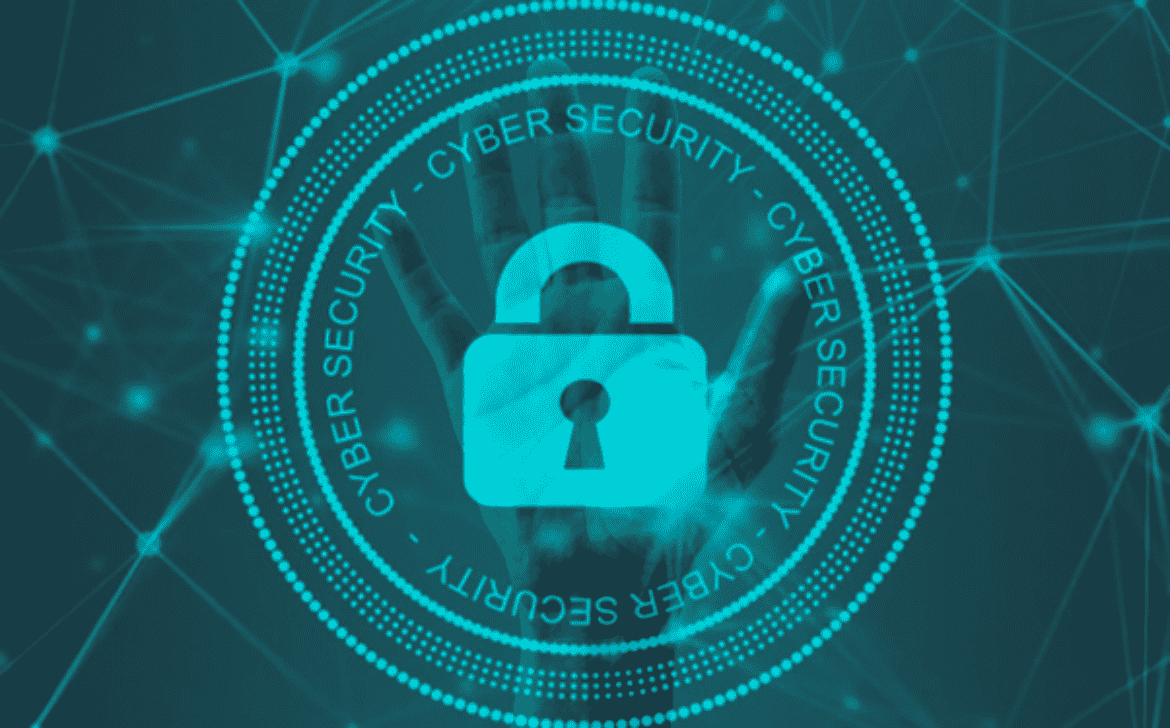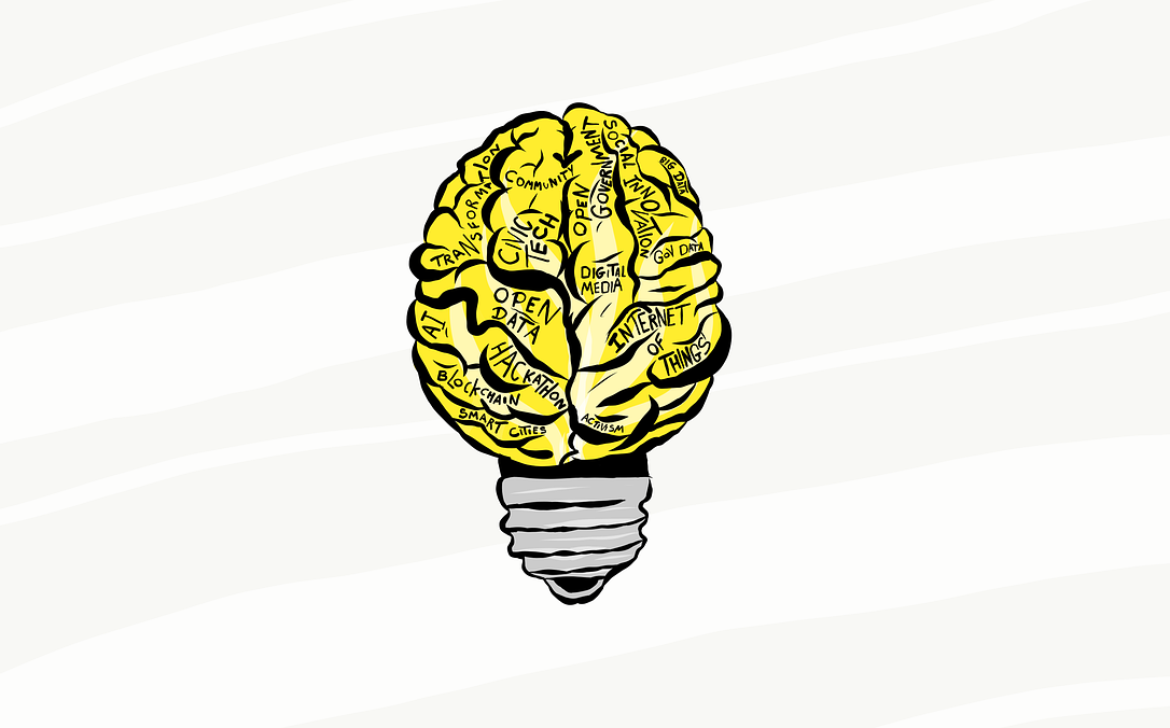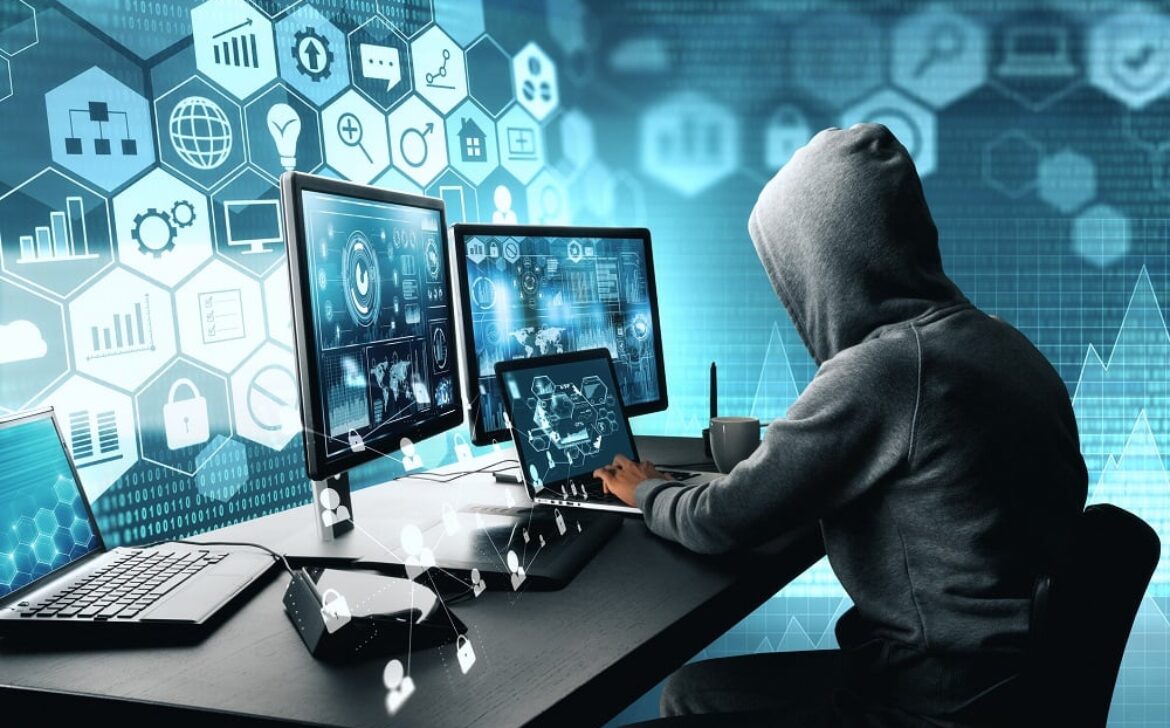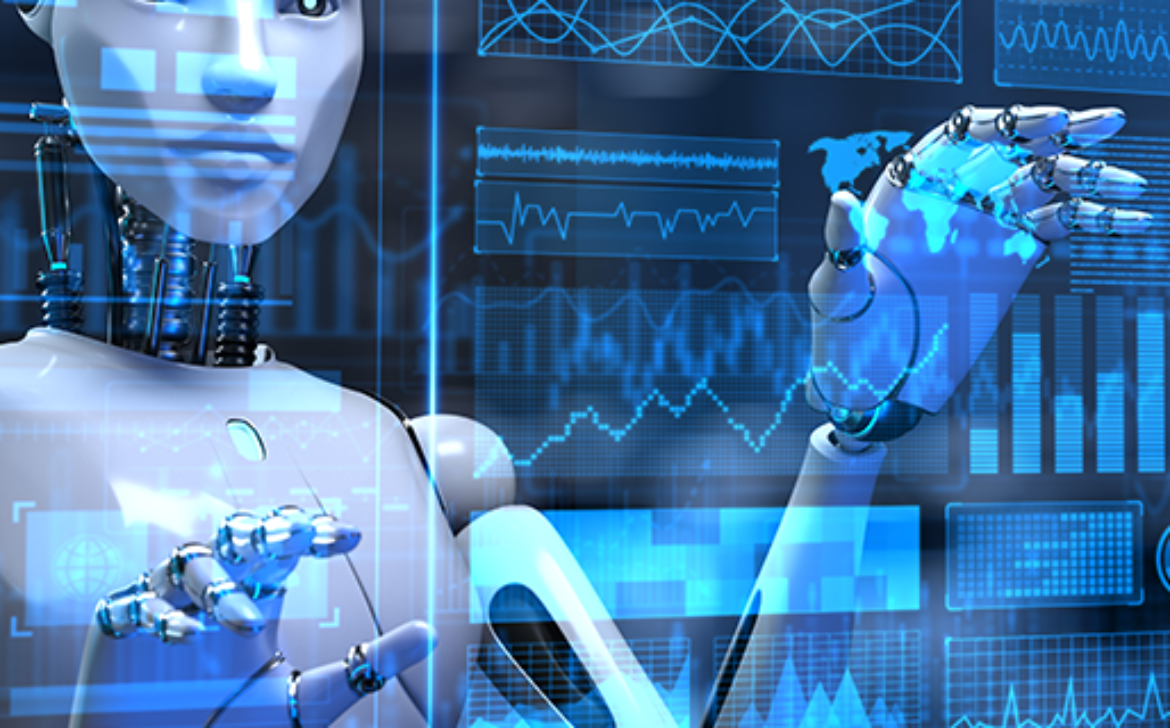Tech-Powered Safety: Transforming Communities and Decreasing Crime Rates
Introduction:
Crime has long been a concern for communities worldwide, but advancements in technology are ushering in new and innovative ways to combat criminal activities. In this blog post, we’ll explore the powerful role that technology plays in reducing crime rates, creating safer environments, and fostering a sense of security for individuals and neighborhoods.
1. Predictive Policing: Anticipating Crime Patterns
Gone are the days of reactive policing. Predictive policing leverages data analytics and machine learning to identify potential crime hotspots and patterns. Law enforcement agencies can allocate resources strategically to prevent crimes before they occur, reducing the overall crime rate and improving response times.
2. Surveillance Systems: Eyes Everywhere
High-definition cameras and sophisticated surveillance systems act as silent sentinels, monitoring public spaces 24/7. These systems deter criminal activity, provide valuable evidence for investigations, and enhance overall safety, making communities less attractive targets for criminals.
3. Community-Based Apps: Instant Crime Reporting
Mobile applications empower communities to become active participants in crime prevention. These apps allow users to report suspicious activities, share real-time updates, and communicate with law enforcement, creating a unified effort to address local safety concerns swiftly.
4. Biometric Identification: Securing Access
Biometric technology, such as fingerprint and facial recognition, is enhancing security across various sectors. From unlocking smartphones to securing sensitive facilities, biometrics prevent unauthorized access and discourage criminal intent.
5. Smart Lighting and Urban Design: Illuminating Safety
Smart lighting systems, coupled with intelligent urban design, create well-lit public spaces that discourage criminal activities. Motion-sensor lights and adaptive illumination enhance visibility, making potential hiding spots less appealing to wrongdoers.
6. Data-Driven Policing: Informed Strategies
Data analytics enable law enforcement agencies to make informed decisions. By analyzing crime trends, demographics, and socioeconomic factors, authorities can tailor crime prevention strategies, allocate resources efficiently, and address root causes of criminal behavior.
7. Electronic Monitoring: Offender Rehabilitation
Technology has revolutionized offender rehabilitation. Electronic monitoring devices track the movements of individuals on parole or probation, ensuring compliance with court orders and enabling authorities to intervene quickly in case of violations.
8. Cybersecurity and Digital Forensics: Combating Cybercrime
As crimes expand into the digital realm, cybersecurity and digital forensics play a critical role. Advanced tools and techniques allow law enforcement to investigate cybercrimes, track online offenders, and protect individuals from digital threats.
9. Community Engagement Platforms: Building Trust
Technology bridges the gap between law enforcement and communities. Online platforms facilitate transparent communication, fostering trust and collaboration between police and the public, which is crucial for effective crime reduction efforts.
10. Educational Initiatives: Empowering the Masses
Technology serves as an educational tool, raising awareness about crime prevention strategies. Online resources, webinars, and interactive platforms empower individuals to safeguard themselves and their communities, actively contributing to a decrease in crime rates.
Conclusion:
The integration of technology into crime prevention is transforming the way we approach safety and security. From predictive policing to community engagement, each technological innovation contributes to a collective effort in reducing crime rates and fostering a safer environment for all. As technology continues to evolve, its role in decreasing crime rates will undoubtedly shape the future of communities worldwide.




















